Recently, there has been an increasing interest in biodegradable and sustainable materials, including bioplastics. PHA bioplastic is one of the most promising alternatives to traditional petroleum-based plastics. In this article, we will dive into what PHA bioplastic is, how it works, and its pros and cons.
Read more: What are bioplastics made from? Materials to make bioplastics
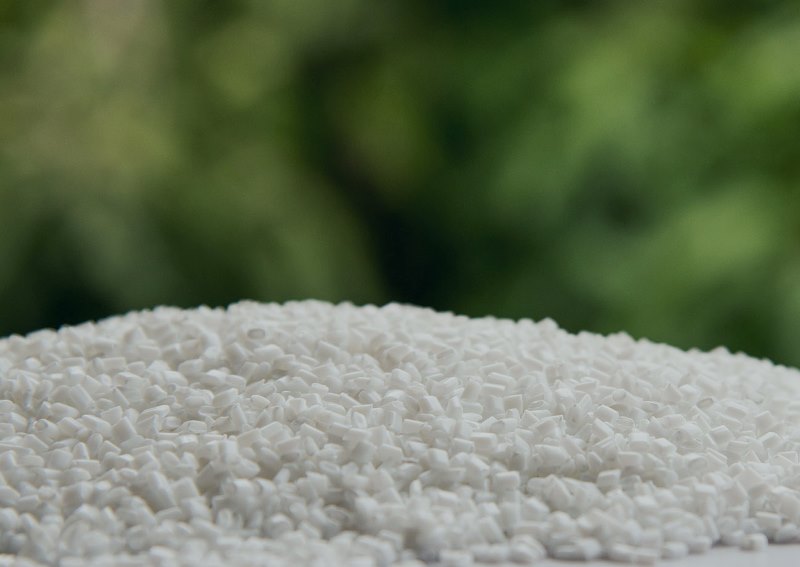
The pros and cons of PHA bioplastic
1. What is PHA bioplastic?
PHA bioplastic (Polyhydroxyalkanoates) is a type of biodegradable plastic derived from the bacterial fermentation of sugars or lipids in nature. It is composed of polyesters that are made from R-hydroxy alkanoic acids.
1.1. PHA bioplastic Properties
PHA has melting points that range from 40 to 180 °C. These compounds are also known for their UV stability and remarkable ability to resist water permeation.
Moreover, PHAs are soluble in halogenated solvents such as chloroform, dichloromethane, or dichloroethane. The material can improve its processability, impact strength, and flexibility by incorporating a higher percentage of valerate. PHA bioplastic is also non-toxic, which makes it an ideal material for the food packaging industry.
Unlike other materials with a fixed chemical structure, PHA is a family of related polymers that can be produced with different physical properties depending on the production process and the materials used.
PHAs can be produced as homopolymers using only one type of PHA to build the polymer chain or as copolymers using more than one PHA. Homopolymers typically have limited mechanical properties that can only be improved by adding plasticizers, nucleates, and other processing aids.
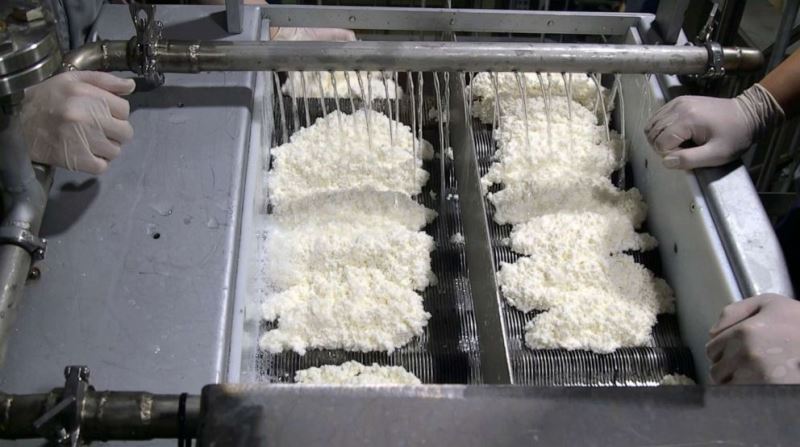
What is PHA bioplastic?
1.2. PHA bioplastic production
PHA bioplastic is naturally produced by microorganisms, such as bacteria, in response to nutrient deficiency. The microorganisms use various carbon sources, such as sugars and fatty acids, to synthesize the PHA polymer. The polymer is then stored inside the bacterial cell as an energy reserve. When the bacteria run out of nutrients, they use the stored PHA polymer as an energy source.
In the manufacturing Industry, PHA is a unique biopolymer produced using an industrial fermentation process, similar to brewing, rather than the chemical synthesis commonly used to make other biopolymers. This is important because organic waste can now be used as a feedstock, reducing our reliance on primary crops.
2. The pros and cons of PHA bioplastic
As the world becomes more environmentally conscious, PHA bioplastic has become increasingly popular. However, as with any material, there are both advantages and disadvantages. We'll take a closer look at the pros and cons of polyhydroxyalkanoates bioplastics and what they mean for the future of sustainable materials.
2.1. Advantages of PHA
One of the most significant advantages of PHA bioplastics is that they are renewable. This type of plastic is produced from renewable resources such as plant-based materials and waste products. This means they are not dependent on fossil fuels and have a lower carbon footprint than traditional plastics.
Additionally, PHA bioplastics are biodegradable. They can degrade in regular compost and in the environment. This makes them a sustainable alternative to traditional plastics, which can take hundreds of years to degrade.
This plastic has remarkable mechanical properties and can be molded into various shapes and forms. It is suitable for various applications, including packaging, consumer goods, and medical devices.
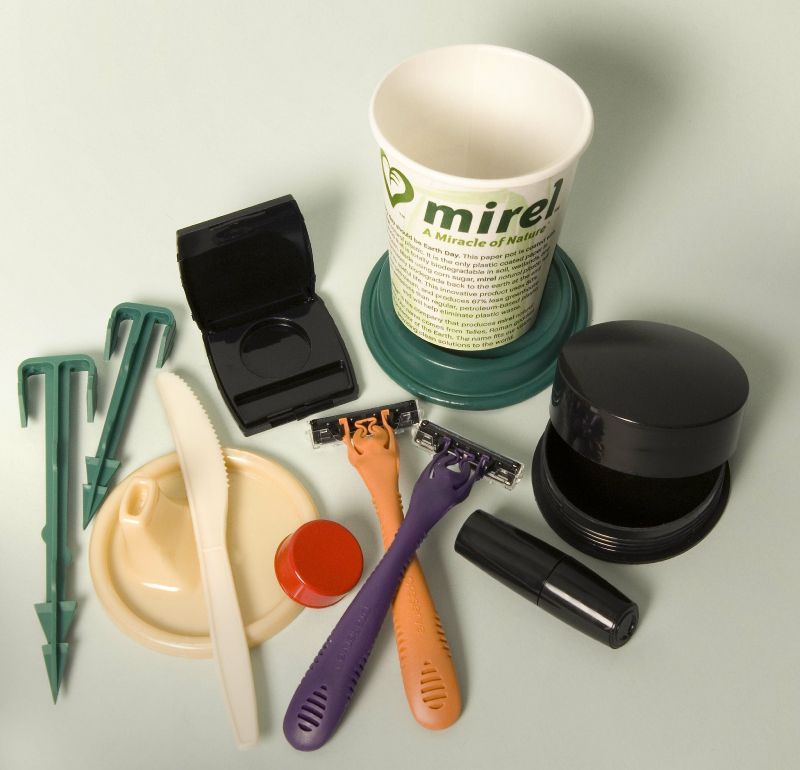
The pros and cons of PHA bioplastic
2.2. Disadvantages of PHA
One of the disadvantages of PHA bioplastic is the cost. This plastic is currently more expensive than traditional plastics, making them less accessible to consumers.
Another drawback of polyhydroxyalkanoate bioplastics is their limited supply. PHAs are currently produced in small quantities, which makes them less readily available.
Polyhydroxyalkanoates bioplastics have some limitations in terms of their physical and mechanical properties, such as their flexibility and toughness. This can make them less suitable for specific applications, such as high-stress situations.
3. PHA bioplastic applications
PHA bioplastics have various applications in industries such as packaging, agriculture biomedical. We will continue to explore the potential of this material in those industries below.
3.1. Applications in Agriculture
One significant use of PHA is as a mulching film, used in agriculture to prevent weeds from growing around crops. Traditionally, these films were made of non-biodegradable polyethylene, which could harm the soil if not removed. However, PHA mulching films can be plowed back into the soil after use, as they will biodegrade harmlessly by the following season.
PHA is also useful for other applications in agriculture, such as ties and labels for plants, temporary root pots, and other small plastic parts used in greenhouses and plantations. Using PHA in these applications, plastic items can biodegrade into the soil without harming the environment.
3.1. Applications in Food Packaging
PHA bioplastic's high-temperature performance is also useful for plastic items in contact with hot beverages. While other biodegradable plastics like C-PLA can now withstand high temperatures, PHA is currently the only biodegradable polymer that can handle temperatures above 80°C/176°F.
3.1. Applications in Medicines
Bioplastics, specifically polyhydroxyalkanoates (PHAs), have been used in medicine for a long time and are gaining interest in various fields of science. This includes a class of bioplastics, PHAs, which possess numerous advantages such as thermoplasticity, elastomer behavior, simple tunability, and immunotolerance.
Although PHAs possess many advantages, they also suffer from fundamental deficiencies such as fragility, low flexibility, and limited surface functionalities. Recent studies have focused on enhancing PHA properties for biomedical applications by incorporating nanomaterials. PHA bioplastic compound can improve mechanical properties, hydrophilicity, and time-bound degradation, allowing for the design of many composites based on various biomedical applications.
Modified PHA can potentially solve biomedical problems and provide sustainable solutions for load-bearing cartilage, heart chambers, wound grafts, and artificial membranes for kidneys. Furthermore, researchers, including those in tissue engineering, have demonstrated many medical advances, such as bio-absorbable sutures, 3D structures, and various medical devices, thanks to the enhanced immunotolerance, sustained biodegradability, and low toxicity of PHA.
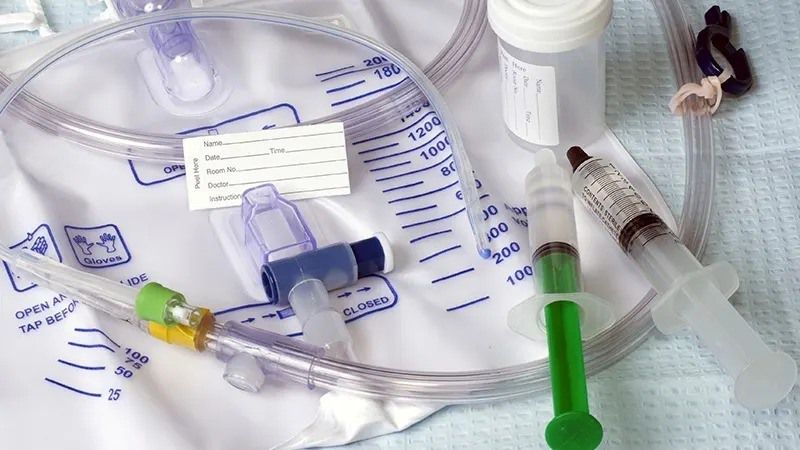
PHA bioplastic applications in Medicines
4. Finding a reliable PHA bioplastic source?
Bioplastic compound from EuroPlas is an excellent choice for people and manufacturers looking for a sustainable alternative to traditional plastics. Unlike conventional plastics that are derived from fossil fuels and take hundreds of years to decompose, our bioplastics have the ability to become biodegradable within 12 months after us.
Choosing PHA can help manufacturers meet their sustainability goals and reduce their carbon footprint. Additionally, PHA bioplastics have excellent properties such as durability, heat resistance, and flexibility, making them a suitable replacement for traditional plastics in a wide range of applications.
EuroPlas is a leading producer of bioplastics. Our PHA bioplastics are compostable and biodegradable and have outstanding mechanical properties as well as full functions in one material.
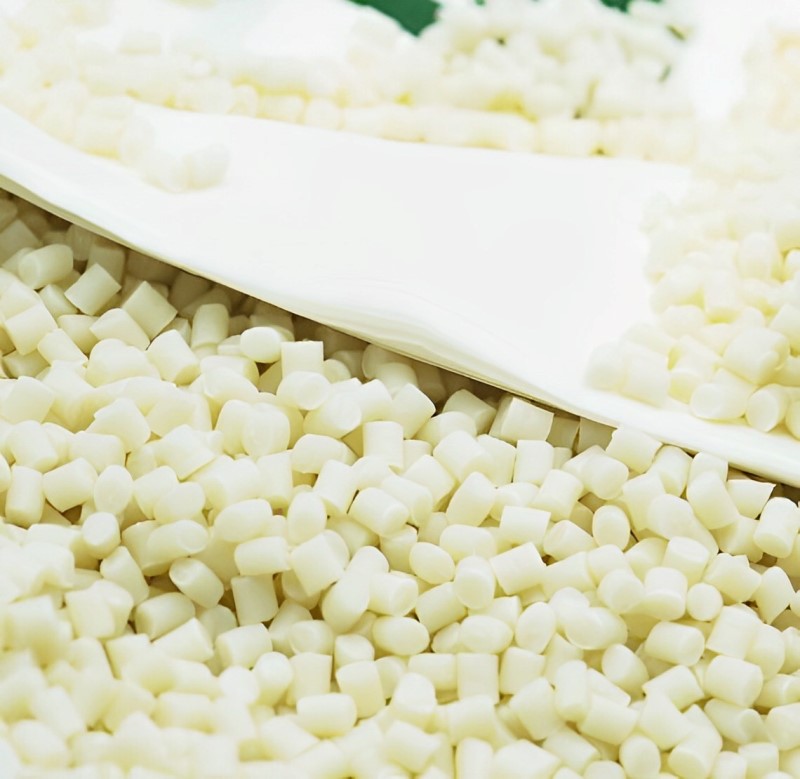
EuroPlas is a reliable PHA bioplastic supplier
In conclusion, PHA bioplastic from EuroPlas are an optimized choice for people and manufacturers who are looking for a sustainable alternative to traditional plastics. With PHA bioplastics, we can reduce our reliance on non-renewable resources and minimize our carbon footprint. Contact us for more details.